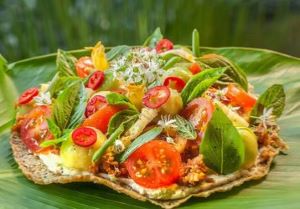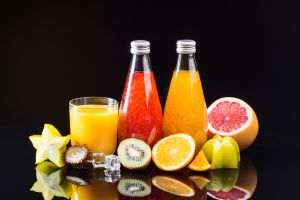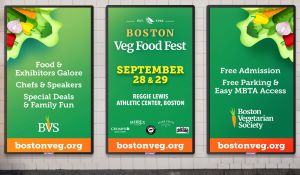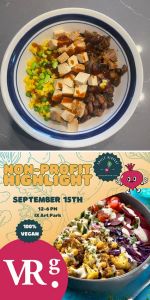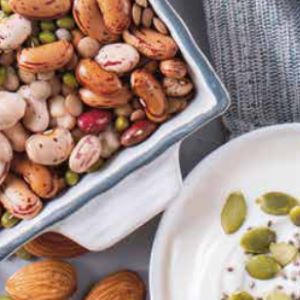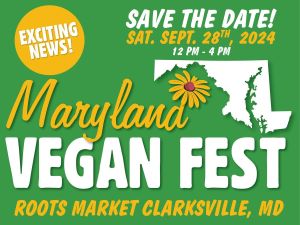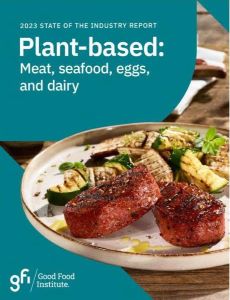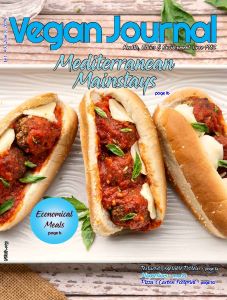Hotels Around the World Offering Vegan Food
Are you looking to stay in a vegan friendly hotel? Here’s a sampling of hotels around the world offering vegan food:
Acai Plant Based Hotel: They are located in Greece and have a plant-based restaurant on their premises. They offer cooking classes and yoga classes and are near a beach. Note they are opening in summer 2025. See: https://acairhodes.com/the-acai-hotel/
Fivelements Retreat: Located in Bali, offers vegan meals, a wellness program and spa, plus more. See: https://fivelementsbali.com/
Koukoui Hotel: Situated in Greece, this hotel offers vegan cuisine, a spa, and fitness center. See: https://www.koukoumihotel.com/
La Vimea: Located in Italy, offers organic vegan meals, yoga sessions, and more. See: https://www.lavimea.com/
Mother Earth Vegan Hotel: Located in Costa Rica, this hotel offers a poolside vegan restaurant (room rates include breakfast for two), yoga studio, and more. Please note that children under 12 are not allowed and pets are not allowed. See: https://www.meveganhotel.com/
Palmaïa, The House of AïA: This Mexican establishment offers vegan cuisine, spa and wellness program, activities for kids, and more. See: https://thehouseofaia.com/
Stanford Inn & Resort: Located in the United States in Mendocino, California, offers a variety of room accommodations including family suites. Ravens Restaurant on their property serves organic vegan meals. They offer spa services and are pet-friendly. See: https://stanfordinn.com/
Vegan Agrivilla I Pini: Located in Tuscany, Italy, near vineyards, olive groves, and gardens. They offer vegan cuisine, saltwater pool, and more. See: https://www.ipinitoscana.com/
Villa Vegana: Situated in Spain in a designated conservation area, you can enjoy vegan meals, yoga classes, plus more. See: https://www.villavegana.com/
